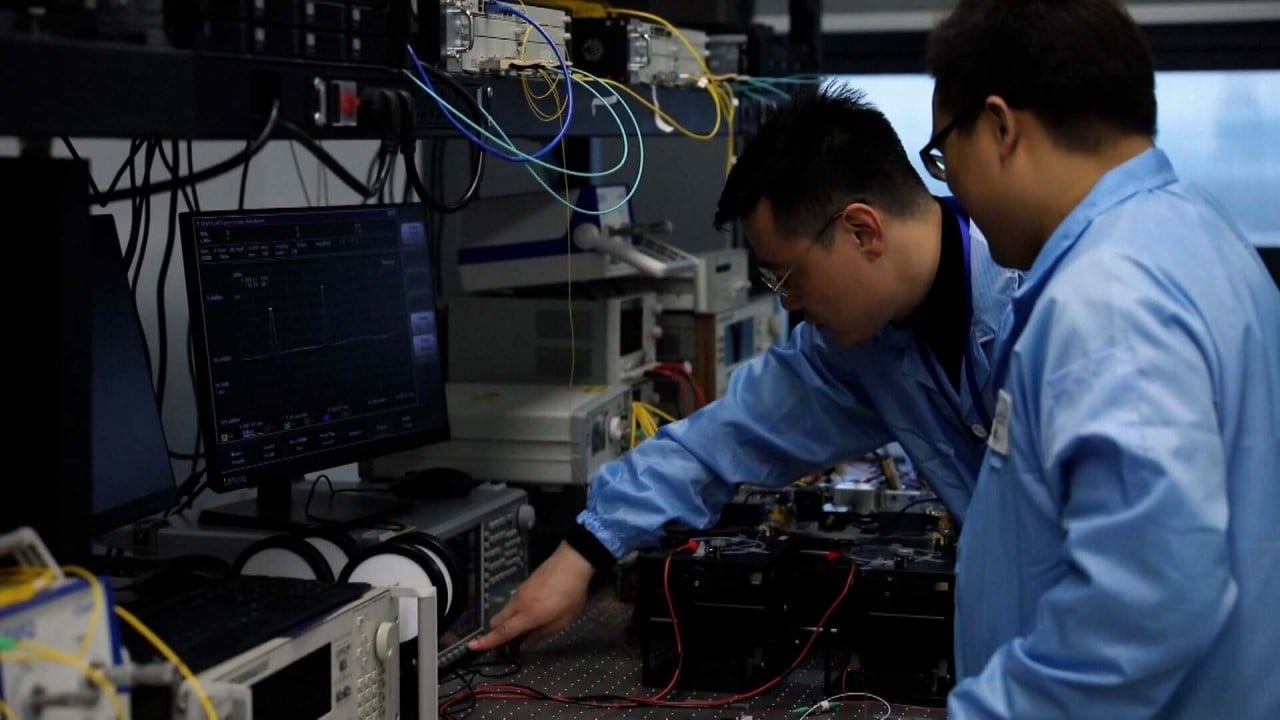
50 years after Nixon’s historic trip, US-China relations can be brought back from the brink
- Ever since Nixon’s visit in 1972, the US has hoped China’s rise would bring about its liberalisation; now disappointed, Washington has begun a contest with no clear outcome
- Yet the 50th anniversary of that historic trip should serve as a timely reminder that competitors need not become enemies if it serves their interests
Richard Nixon may never be considered a great American leader, being the only president to resign from office, following the Watergate scandal. The legacies he left, however, are not easily forgotten: China, China, China – that is, his landmark visit to China in “the week that changed the world” in 1972; an opera titled Nixon in China; and the phrase “only Nixon could go to China”, now used to describe a political leader’s unique ability to accomplish something particularly daunting or taboo.
Fifty years after Nixon’s visit, the world is unrecognisable. China, now the world’s second-largest economy, is no longer a place where “a billion of its potentially most able people … live in angry isolation”, as Nixon wrote in 1967.
‘Foundation of ties’: Beijing hails 50th anniversary of Nixon in China
What marked Nixon’s presidency was his exceptional vision and audacity, or more precisely, vision-inspired audacity on China policy. When relations between the Soviet Union and China reached a nadir as a result of border clashes between the two, Nixon sent private word to the Chinese that he desired closer relations.
When Mao Zedong invited American table tennis players to visit China, Nixon took the message of goodwill and sent his national security adviser, Henry Kissinger, to conduct a visit in secret, bypassing cabinet officials. The trip, made without informing Japan – America’s key regional ally in the region – caused the “Nixon shock” in Japan.
These feats of great daring were the result of a grandmaster’s exact calculations on the chessboard of international politics. In those days, the main preoccupation for Washington was Soviet expansionism. Therefore, it was in America’s best interests to embrace “Red China”.
Nixon made his 1972 trip to break the ice with China. Trump sought to freeze things over with decoupling. Presumably, decoupling is not impossible in some selected hi-tech industries.
As a stolid realist, Nixon came to China looking for an alliance against the Soviet Union, not to change China. But his visit did sow the seeds of hope among his successors that, as long as the West engages China, it might become “one of us” one day. Seeing China grow stronger yet remain different, the disillusioned US has embarked on a path of competition.
Era of common prosperity shows US has failed to change China
The outcome of the competition is far from certain, though. An obvious example of Washington’s ability to make grand strategic blunders is Afghanistan, where the US fought the longest war in American history without knowing who the real enemy was.
The Afghanistan Papers, Craig Whitlock’s bestseller, shows how, over two decades, mistakes which no one dared to admit were covered with lies that eventually led the US to lose a war that was overwhelmingly supported by Americans in the beginning. But isn’t the same true of the Vietnam war? No man ever steps in the same river twice, but the memory of a superpower is often short.
If a China-US contest is inevitable, then our best hope is that it won’t become confrontational. There is no guarantee of that, even though Biden has expressed hope of establishing “some commonsense guardrails”. The US-Soviet rivalry was global, while the China-US competition is regional, centred in the Western Pacific. Unlike competition between the Nato-Warsaw blocs, this is a one-on-one competition in which neither US allies nor China’s partners are keen to take sides. But it is more dangerous.
US cannot ‘build a wall’ to counter trade ‘problems’ with China, report warns
If Washington has indeed lost direction, then it is crucial that Beijing doesn’t. China aims to realise its centenary goal, the “Chinese dream”, by mid-century. This process cannot be derailed even if China is drawn further into competition with the US. But the best way for China to compete is not by wrestling with the US. It is by further deepening its own reforms and opening up to the whole world.
Whatever one might think about the future of the China-US relationship, Nixon’s visit half a century ago offers a useful reminder: if enemies could become friends then, competitors are not bound to become enemies today. Not only Nixon could go to China.
Senior Colonel Zhou Bo (ret) is a senior fellow of the Centre for International Security and Strategy at Tsinghua University and a China Forum expert



